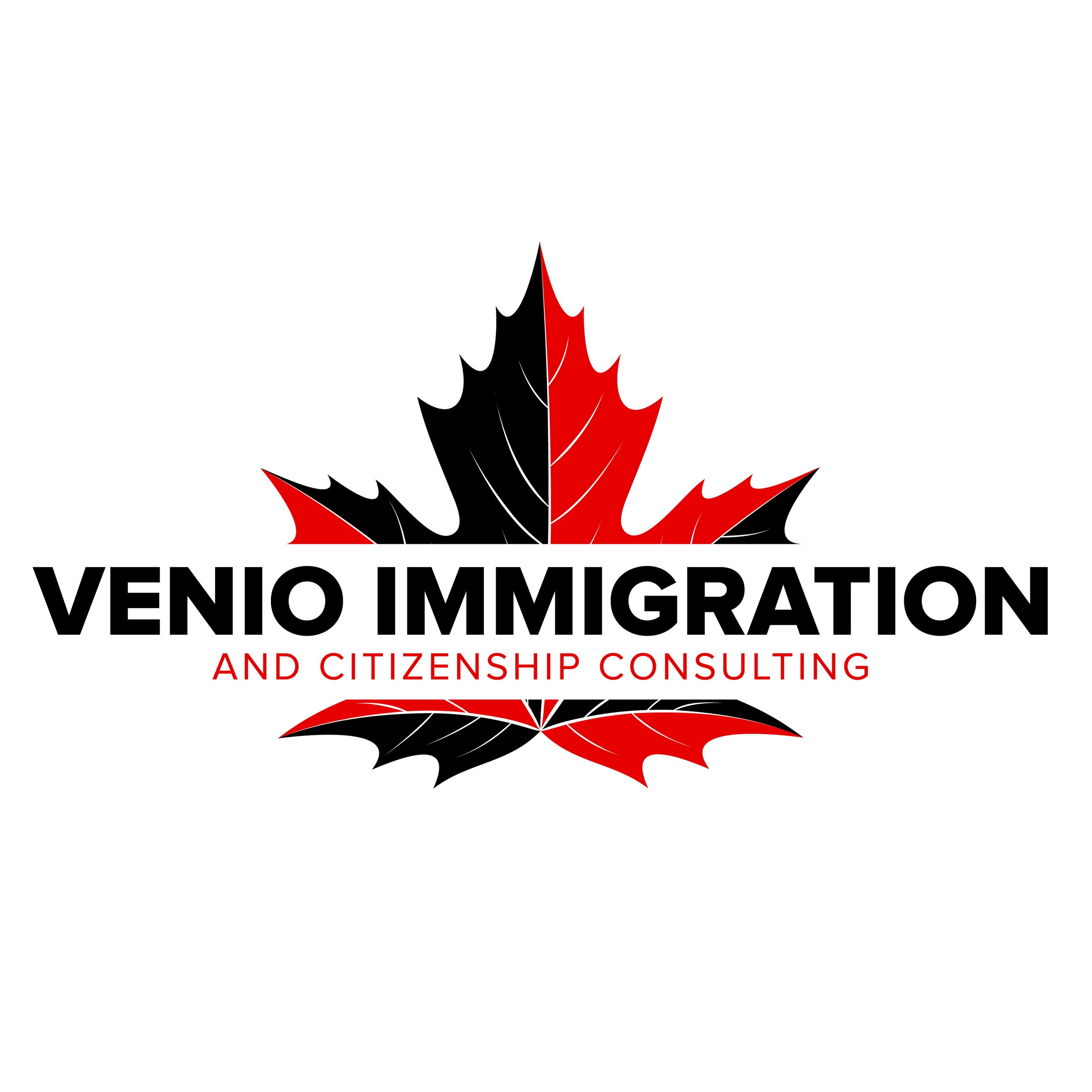Designated Educational Institutions or DEIs in Canada

L'education in Canada is characterized by its diversity and commitment to excellence, with a particularly important role played by Designated Educational Institutions (DEIs). These institutions, recognized by each province and territory to welcome international students, are key players in the Canadian education system. This article explores the significance of DIEs, their types, the benefits they offer international students, and their role in immigration and the Canadian economy.
About EED Canada
What is a designated educational establishment?
In Canada, a Designated Educational Institution (DEI) is an institution recognized by a province or territory to receive foreign students. These institutions are authorized to issue diplomas, certificates or other qualifications recognized by the competent education authority in Canada.
Why choose an EED?
By choosingstudy in an EEDInternational students benefit from quality teaching that meets rigorous standards. What's more, they benefit from a study permit, which can also lead to a post-graduation work permit. Studying at an EED is often the first step towards thepermanent immigration for many international students.
EED designation process
Designation as an EED is a painstaking process carried out by each province or territory, which evaluates the institution on the basis of strict criteria concerning educational quality, facilities and student support. These standards ensure that international students coming to Canada receive a first-rate education.
EEDs and immigration
EEDs also play an important role in immigration to Canada. Graduates of these institutions are often eligible for the post-graduation work permit (PTPD)which allows students to work in Canada after graduation. The DPWP is an important step on the road to permanent immigration to Canada.
The challenges of EED management
However, managing EEDs is not without its challenges. There are ongoing concerns about the quality of education, the exploitation of international students and the risk of irregular immigration. The Canadian government, in collaboration with the provinces and territories, is constantly working to improve the EED system to ensure its reliability and integrity.
EEDs and the Canadian economy
EEDs make a significant contribution to the Canadian economy. The tuition fees and associated expenses paid by international students inject billions of dollars into the economy every year. What's more, EED graduates are often highly skilled workers who contribute to the Canadian economy in the long term.
Types of designated educational establishments
DEIs in Canada are diverse, covering the entire spectrum of education from elementary school to higher education. They are generally classified into three main categories: elementary and secondary schools, public post-secondary institutions and private post-secondary institutions.
Primary and secondary schools
All elementary and secondary schools in Canada are DEEs. These are schools that offer education from kindergarten to grade 12. They may be public or private. Public schools are generally run by local school boards and funded by taxes, while private schools are funded by tuition fees and donations. International students under the age of 18 who wish to study in Canada must generally enroll in an elementary or secondary school.
Public post-secondary institutions
These are institutions that offer a variety of programs of study after high school, including associate's degrees, bachelor's degrees, master's degrees and doctorates. These institutions are funded in part by the government, and offer high-quality education at a relatively low cost to Canadian residents. International students can also study at these institutions, but their tuition fees are generally higher.
Private post-secondary institutions
These institutions also offer post-secondary education, but are funded mainly by tuition fees and other private sources of revenue. They offer a wide variety of programs, from technical and vocational diplomas to undergraduate and graduate degrees. These schools can offer a more personalized experience, with small classes and individual attention. However, they can also be more expensive than public schools.
Each of these types of EED has its advantages and disadvantages, and the choice ultimately depends on the student's individual needs. International students should carefully consider their options before choosing the right DEA for their studies in Canada.
The difference between Designated Educational Establishments (DEEs) and other educational establishments
A clear distinction must be made between Designated Educational Institutions (DEIs) and other types of educational institutions in Canada. While all educational institutions contribute to Canada's vast educational landscape, only DEIs have certain distinctive features that set them apart from the rest.
Accreditation
The main distinction between a DEA and a non-designated educational institution is accreditation. A DEE is recognized by a Canadian province or territory to receive international students, while a non-designated institution is not.
Study permits
International students wishing to study in Canada are generally required to obtain a study permit. Only DCSs are authorized to accept international students with a study permit. Consequently, international students wishing to study in Canada must register with an EED to obtain a study permit.
Post-graduation work permit
Another key advantage of EEDs is that their graduates are generally eligible for a Post-Graduation Work Permit (PGWP), which allows students to work in Canada after graduation. This is not the case for graduates of non-designated institutions.
Quality standards
In addition, EEDs must comply with strict quality standards set by the Canadian government and provincial or territorial education authorities. This ensures that teaching, facilities, staff and student support are of the highest quality.
Economic contributions
Finally, DEEs play a more important economic role than non-designated institutions. The tuition fees and associated expenses paid by international students at EEDs inject billions of dollars into the Canadian economy every year.
In conclusion, while all educational institutions play a crucial role in developing people's potential, EEDs have specific characteristics that set them apart from other educational institutions. Their contributions to the economy, their ability to attract international students, and their commitment to educational quality are factors that reinforce their importance in Canada's educational landscape.
Conclusion
In short, Designated Educational Institutions (DEIs) are an essential component of the Canadian education system. They are catalysts of opportunity, paving the way for quality education for international students, facilitating immigration and contributing significantly to the country's economy. Despite the challenges they face, EEDs are having a profound impact on education in Canada, demonstrating resilience and an ongoing commitment to excellence.






